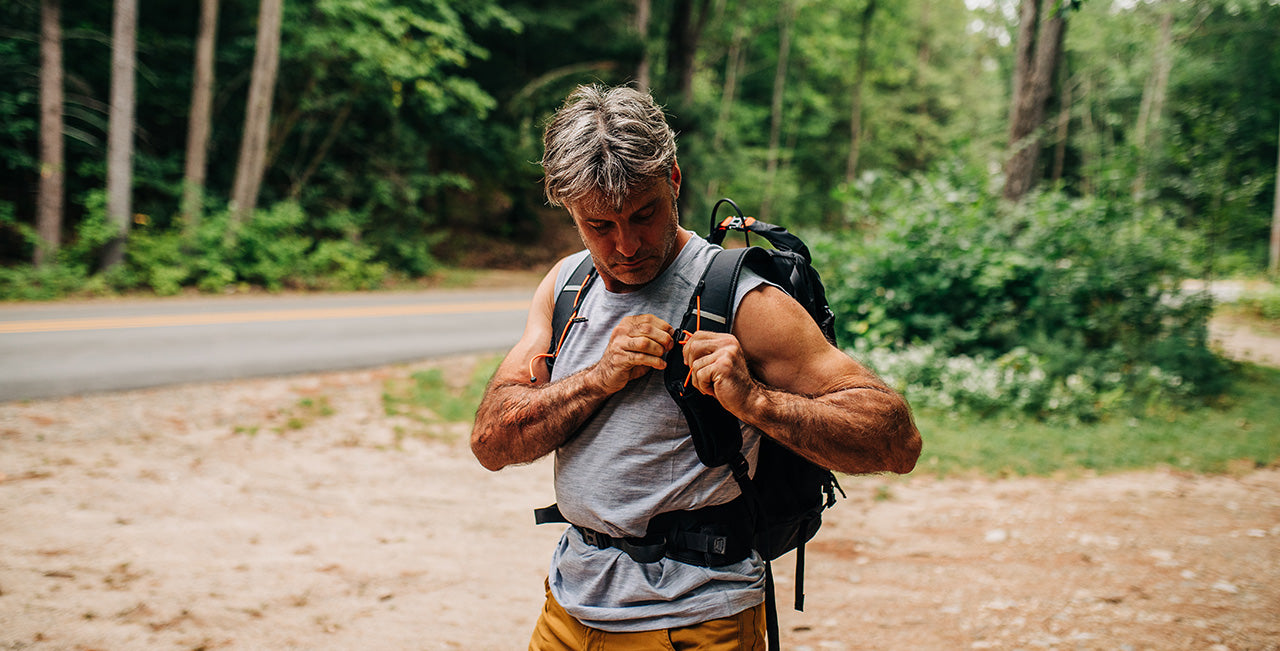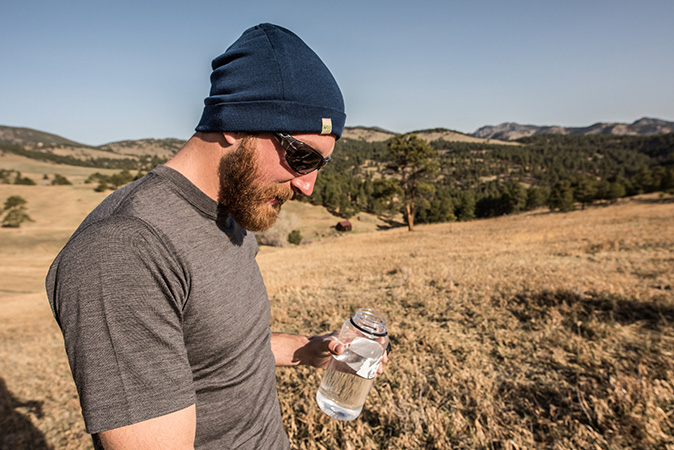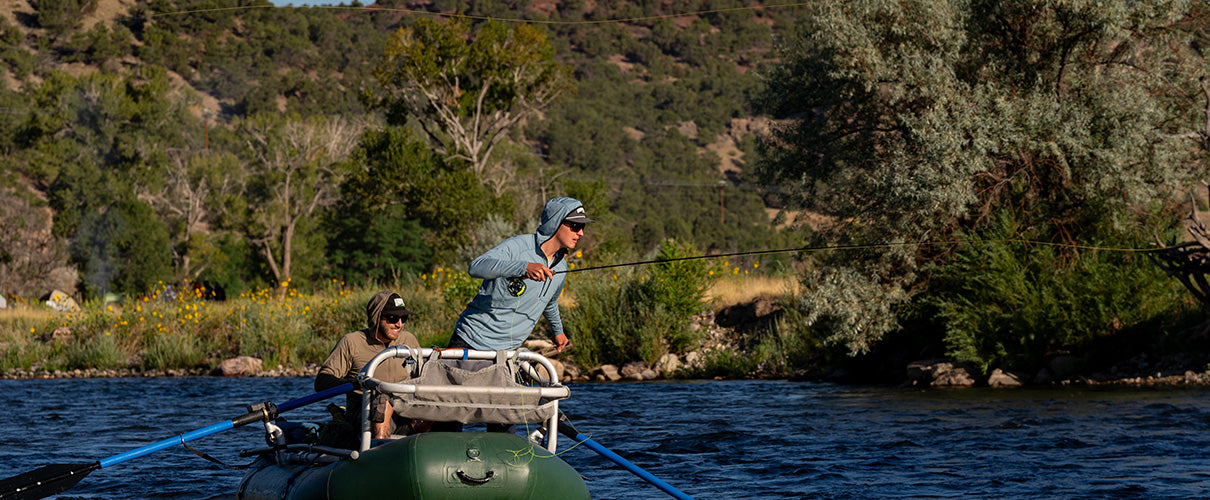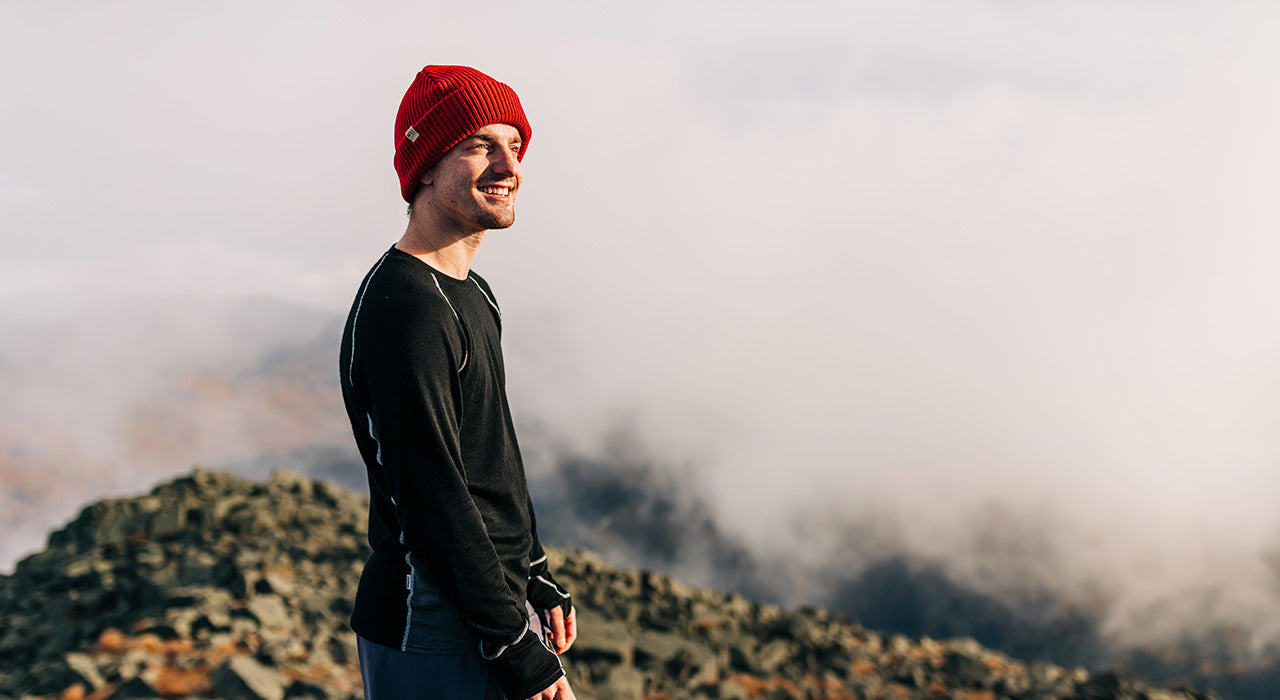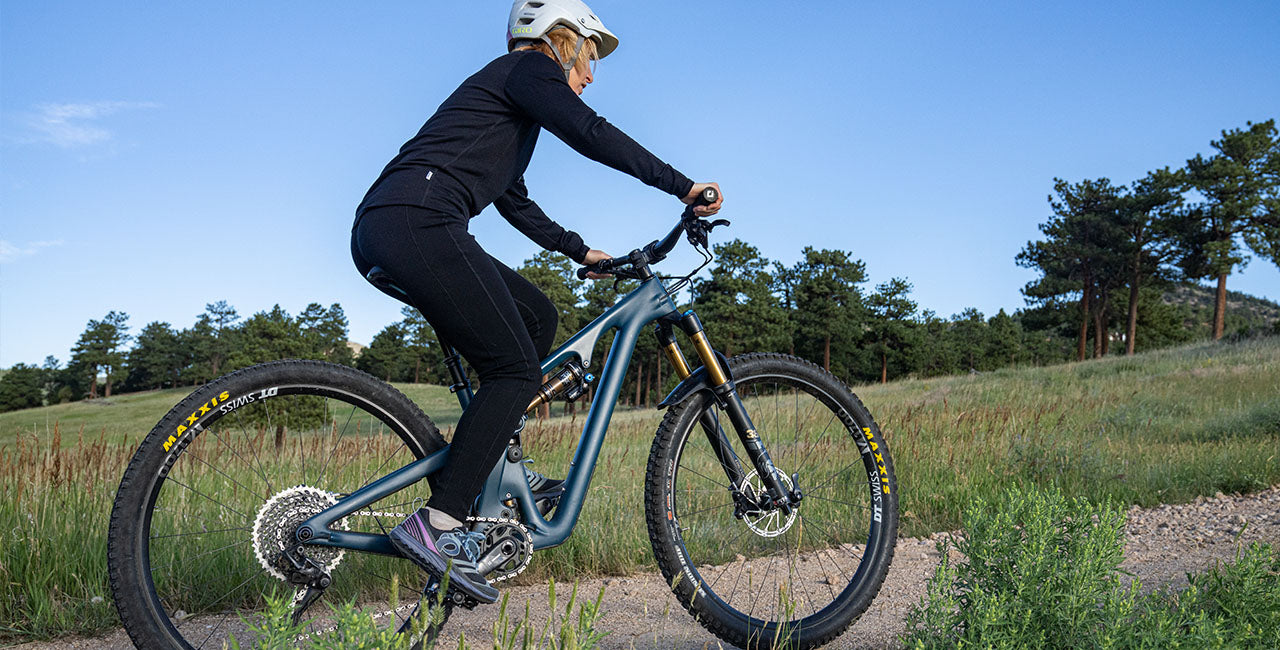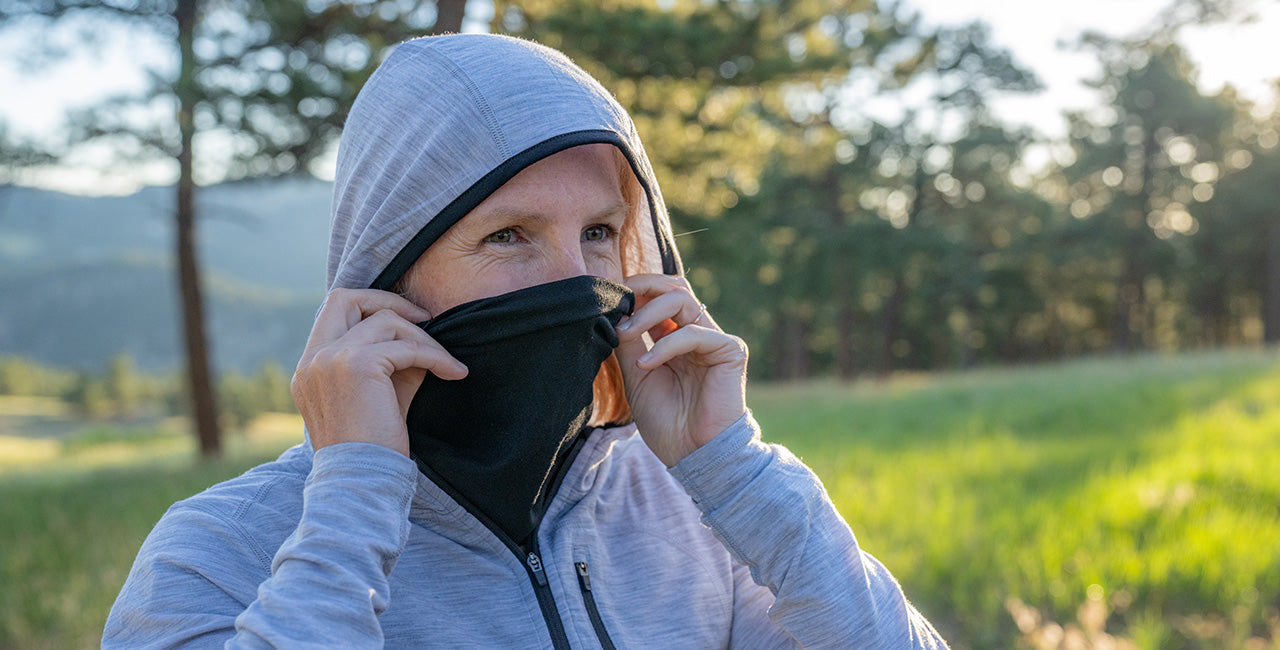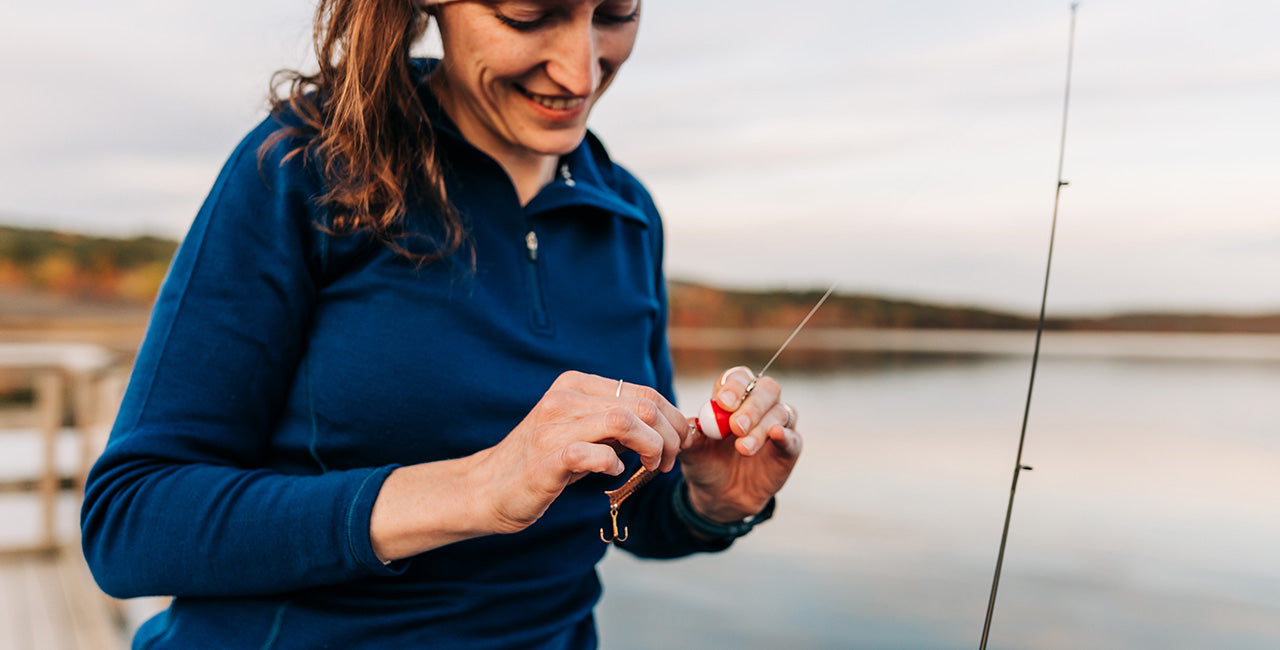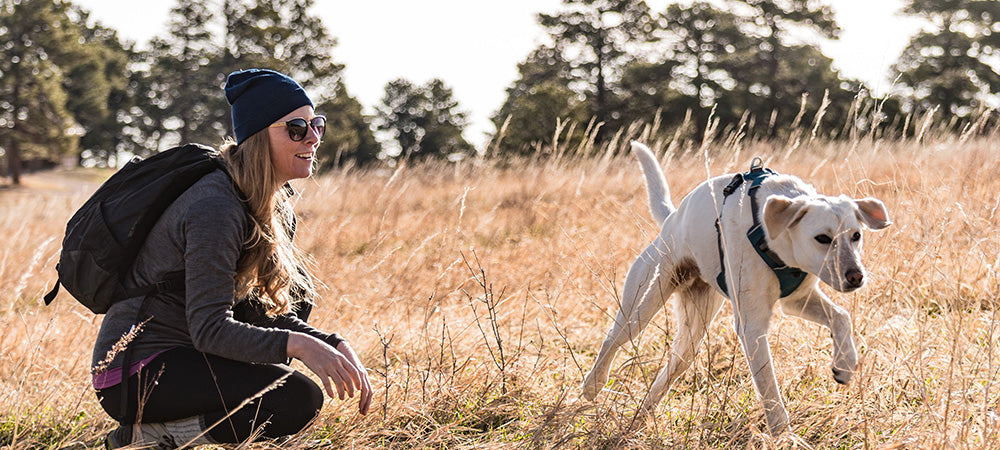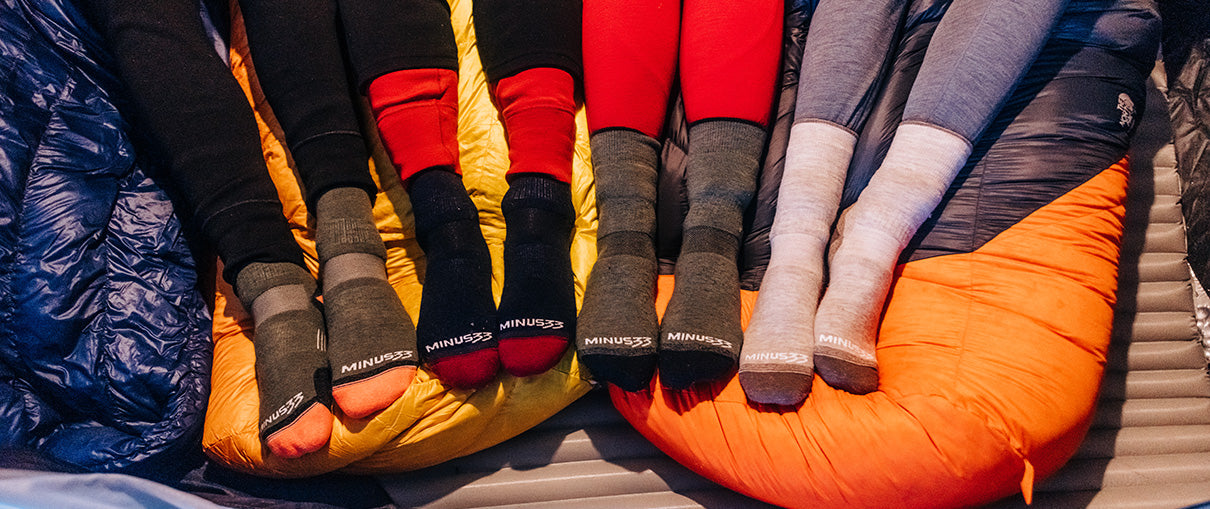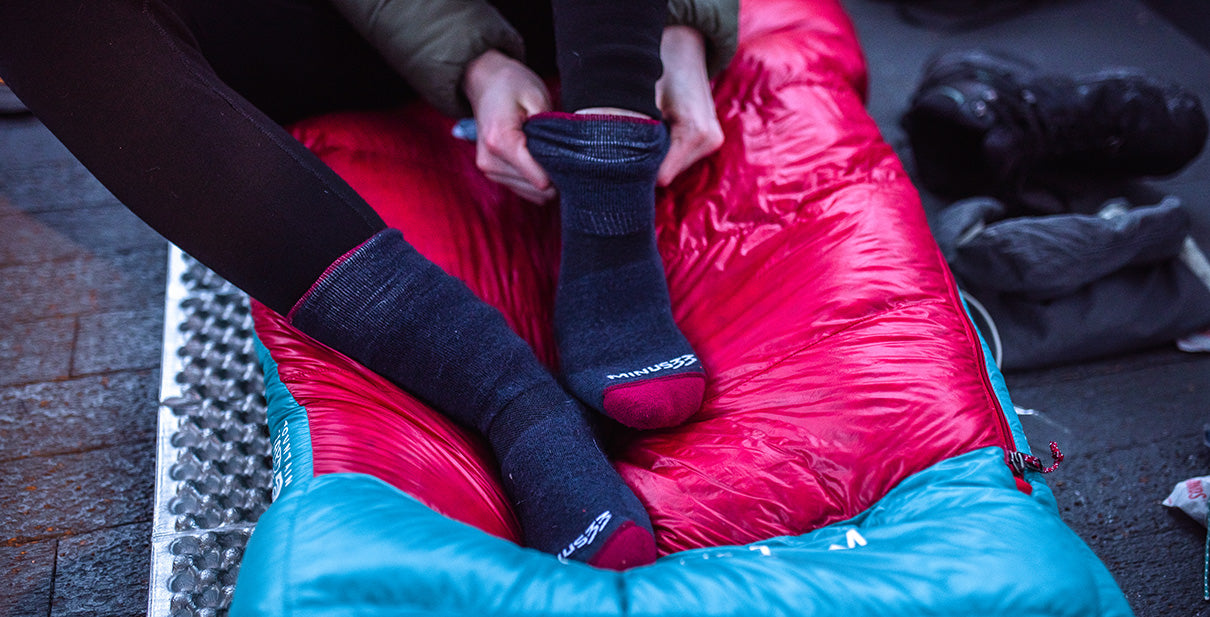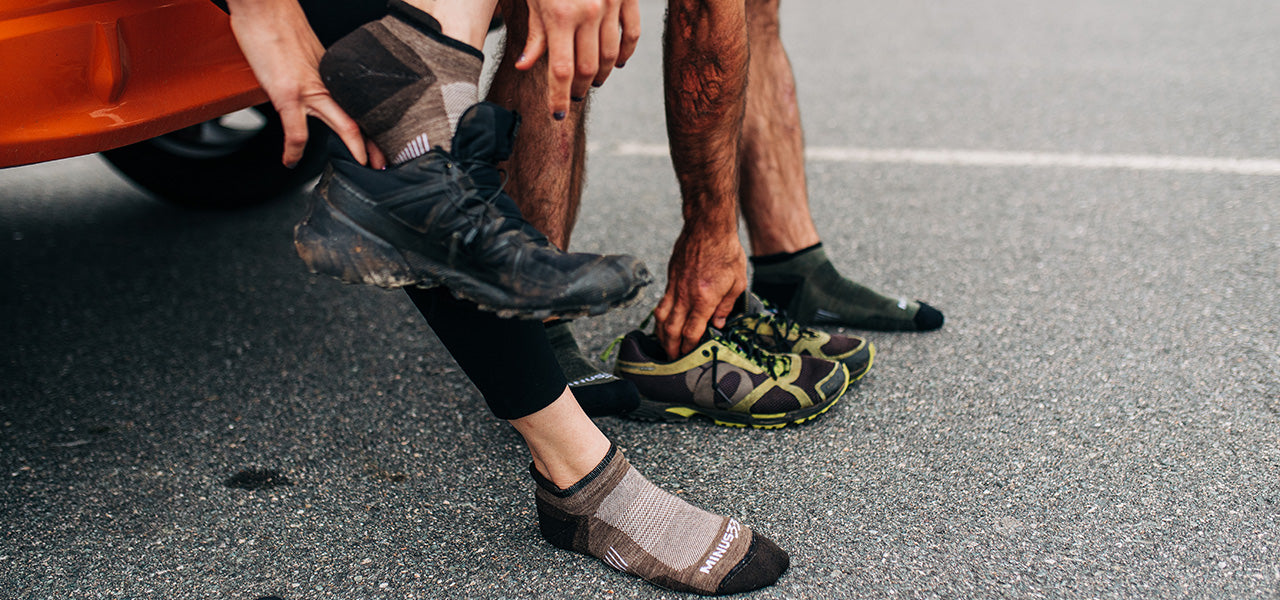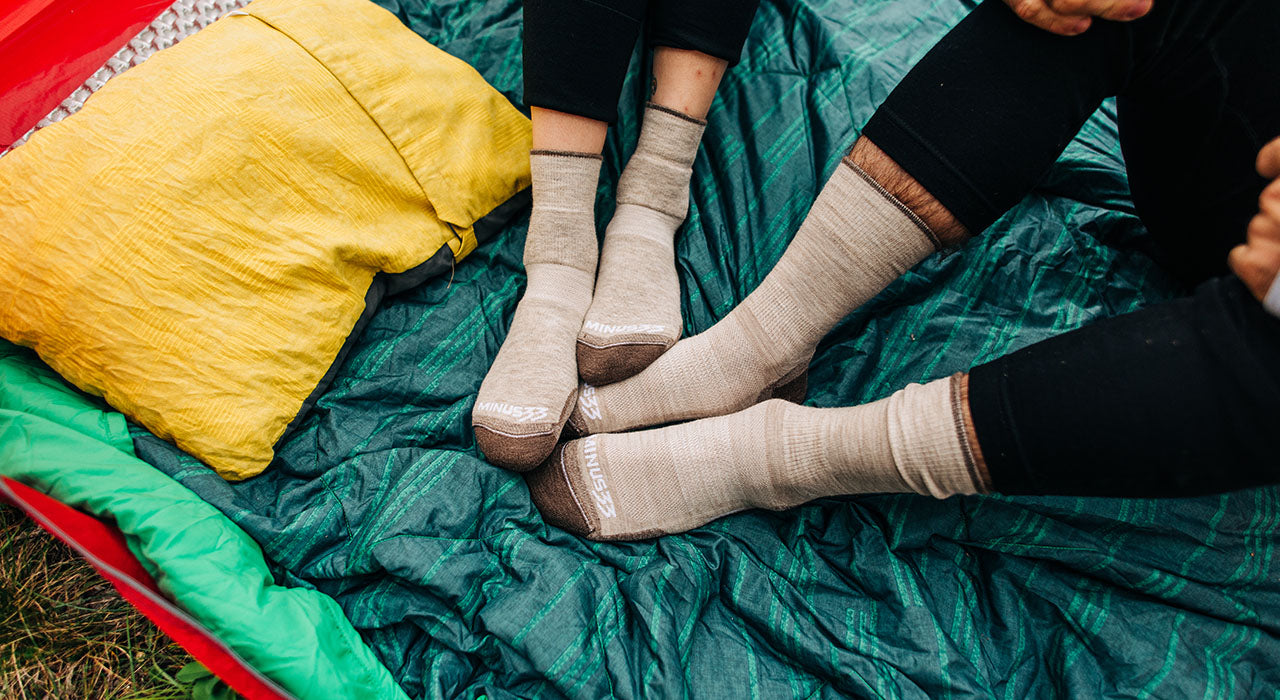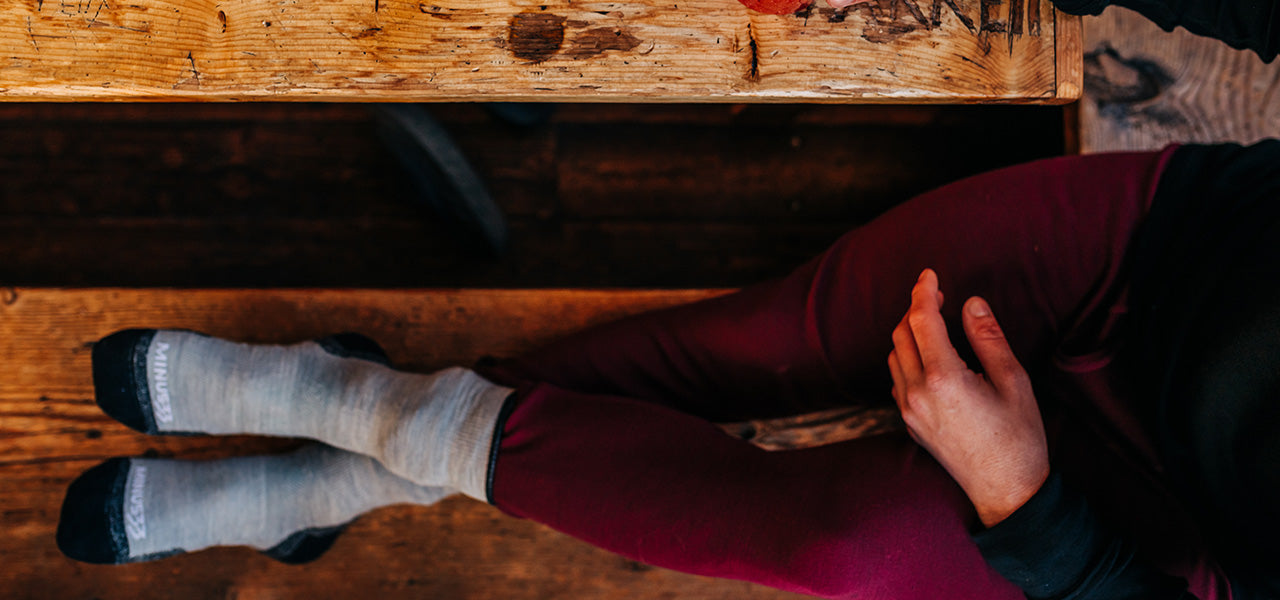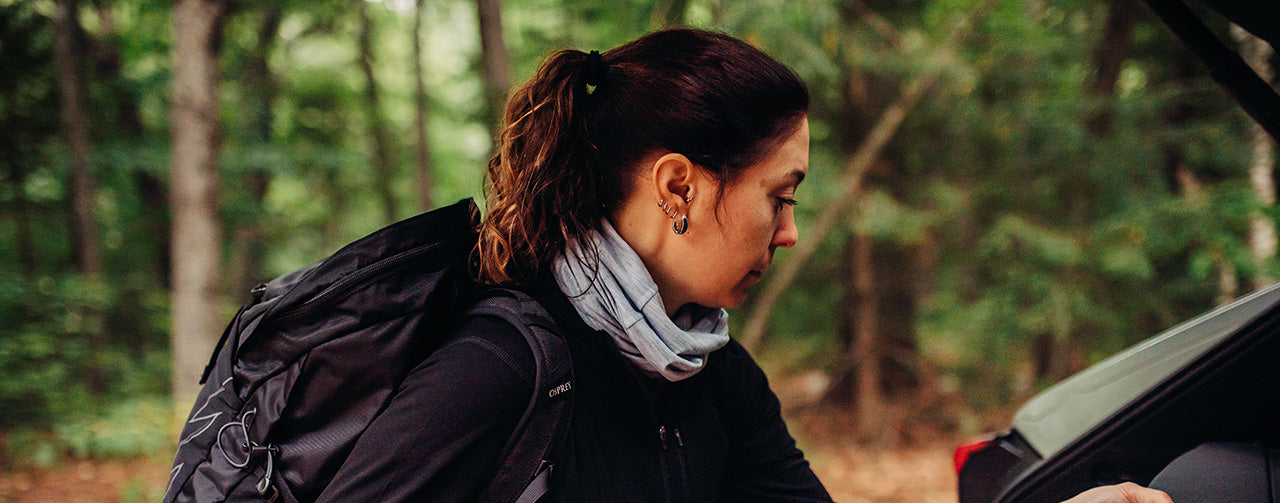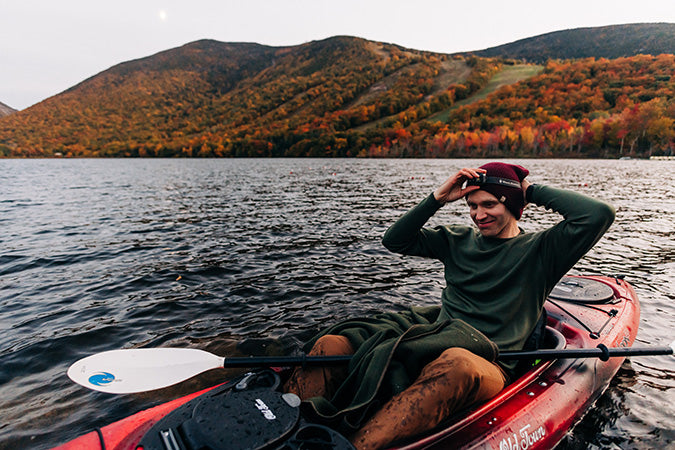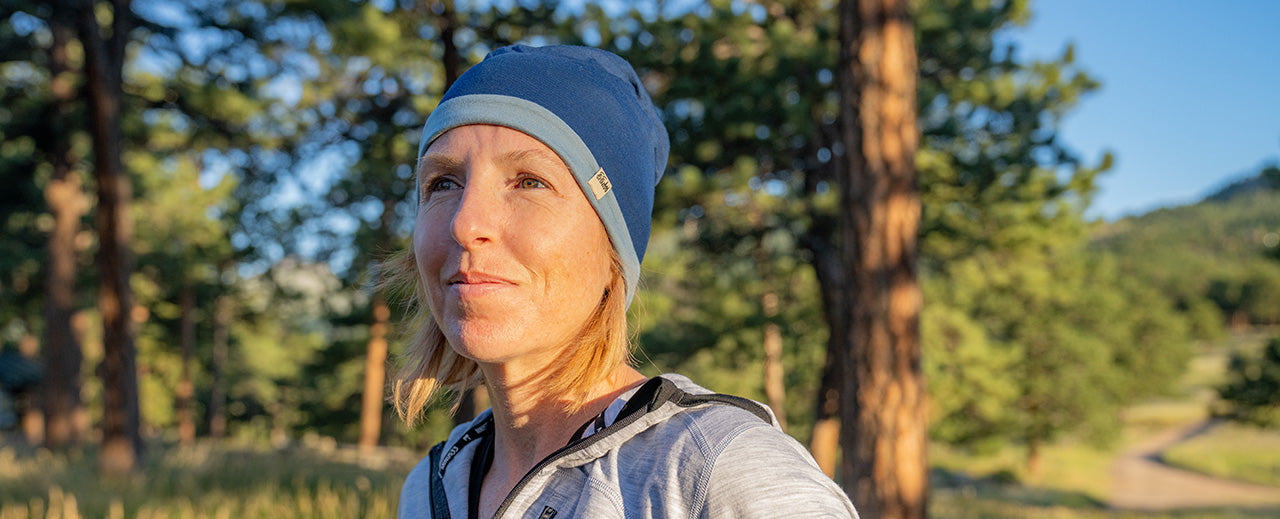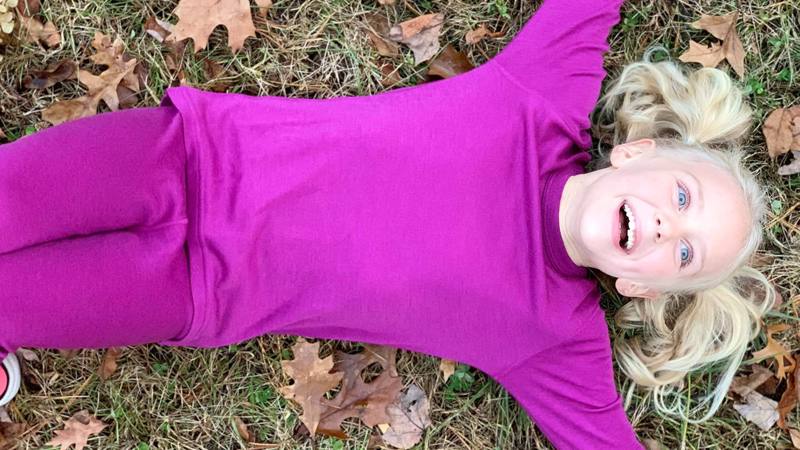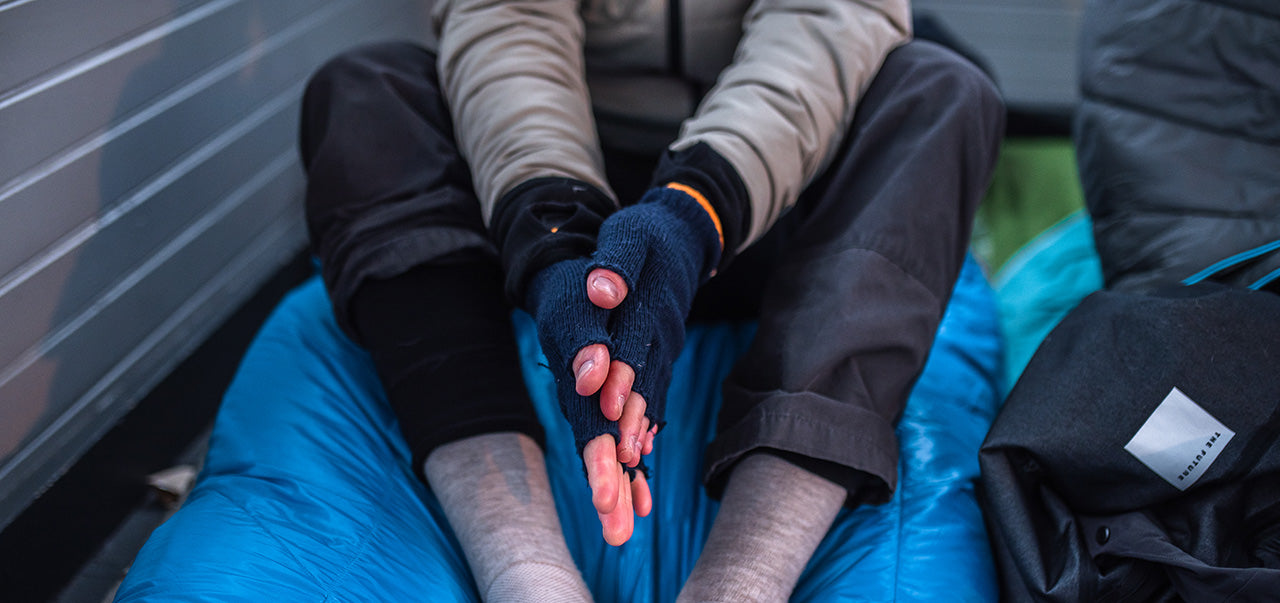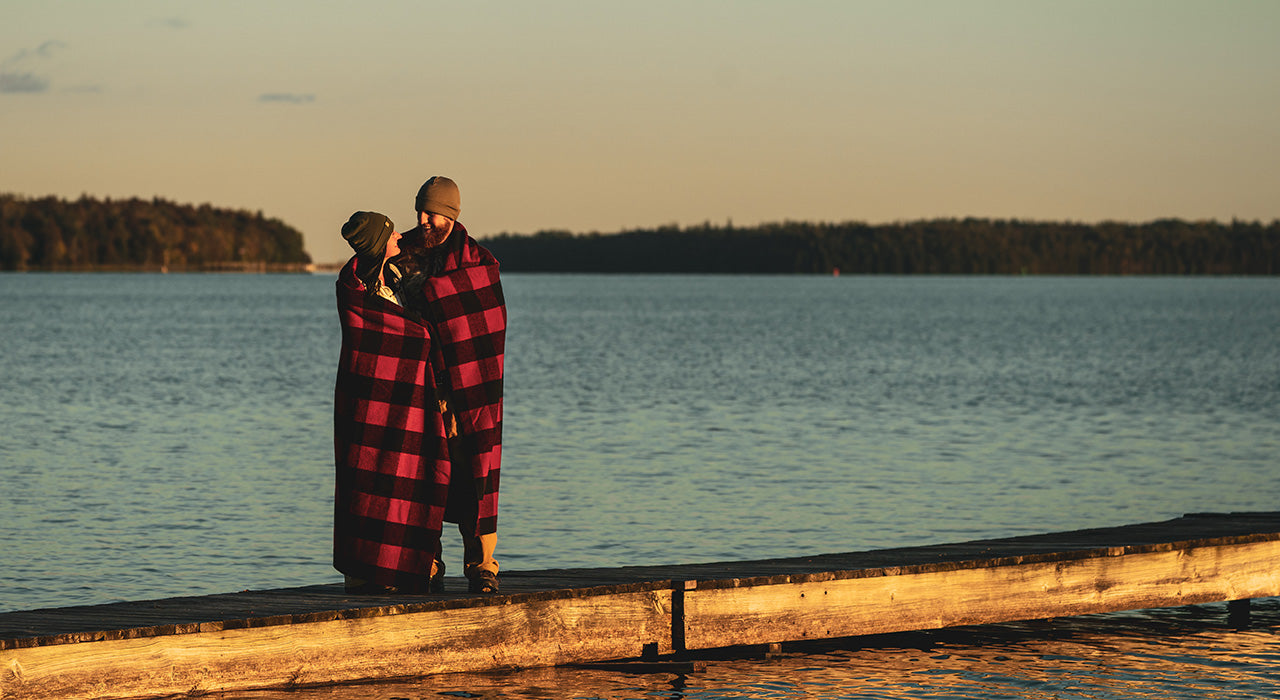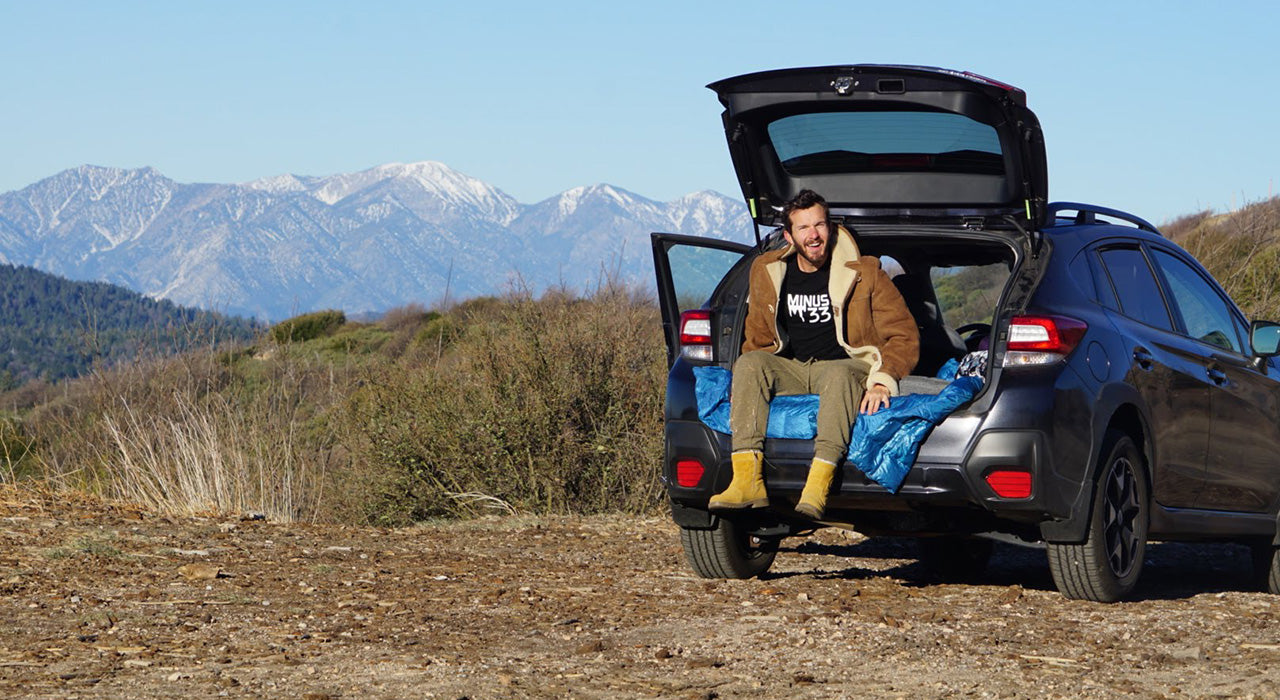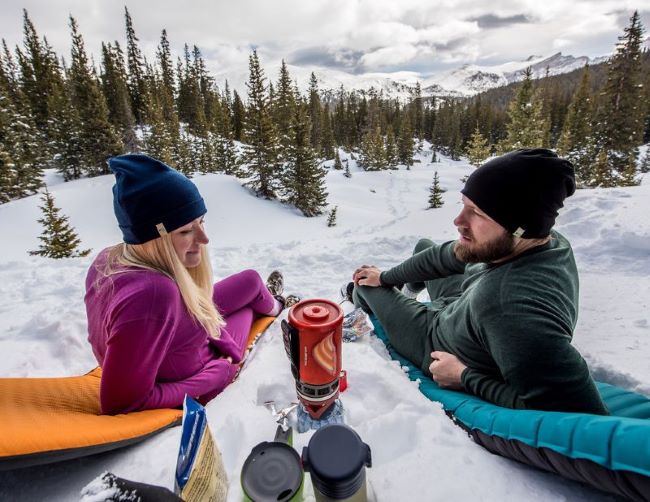Just because there's snow at elevation, doesn't mean we stop adventuring!
This week we're sharing our best tips and advice for recreating in the outdoors, even in Winter conditions! We know that hiking year-round is not for the faint of heart, and we want to preface this blog, that our recommendations are not guaranteed, as accidents do happen, but we can help you be the most prepared you can be against the elements.
We sat down with our #merinoholic Will who is an avid hiker, outdoorsman, and Steward of NH, and Minus33's own Search & Rescue volunteer, Joel, to discuss tips they've learned and shared, and their best advice for hiking the White Mountains and beyond!

Gear
According to hikeSafe's list of the Ten Essentials, these are the items you should have in your pack or on your person no matter the time of year.
- Pocket Knife - Water & Food - Rain Jacket and Pants - Fire Starter
- First aid kit - Whistle - Headlamp or Flashlight
- Warm clothing - Compass - Map
1. Proper gear
Having the proper gear for your hike, regardless of the season, is one of the most important aspects of hiking. According to Will, being prepared with gear for any type of scenario could ultimately save your life!
"I've run into unprepared hikers, trail runners actually, who planned to hike Mount Lafayette in NH, at 10am in early Spring. They had no idea there was still snow on the summit. Their timing would have put their descent at night, in the dark and the temperature would have dropped dramatically by that point. They were wearing sneakers and cotton T-shirts and shorts. It was warm where we were in Ashland, NH. I cautioned them to pick a different mountain as they were clearly unprepared. They had no traction, and no hiking poles, and were confused when I asked them if they had these items or something similar. Having those in a situation where there's still ice or snow at the summit would make all the difference in their experience and success on the mountain."

2. Proper attire
Wearing the proper layers and footwear for your hike and the time of year are important factors when it comes to hiking, especially in the winter!
"I bring extra base layers with me on my winter hikes always! My favorite is the Isolation Men's 1/4 zip to hike with because I can unzip the shirt for venting if I start to overheat without shedding layers. I also pack extra base layers, and a backup 1/4 zip, so when I get above treeline and have worked up a sweat, I can take the sweaty, wet layer off and have a new, dry, layer," said Will.
3. Winter Gear
Winter temperatures, wind, and snow present hazardous conditions for even the most experienced hikers. Additional gear to keep in mind in the winter includes:
- Snowshoes - Insulated boots - Extra socks and mittens
- Over mitts - Additional warm clothing - an Insulated parka

Tips
There are a few tips we've found across multiple sources and in our talks with Will and Joel that seemed necessary, but something some people in rescue situations had not prepared for.
1. Check the local conditions of the hike you plan to take
"Weather in the mountains is drastically different than at lower elevations and depending on what your local area weather is like, the difference can be dramatic," said Will. "Checking the weather in the area you plan to hike, both before, during, and after your hike, could be crucial to the success of your hike."
For local New Hampshire resources, check the Mount Washington Observatory summit forecast!
The National Avalanche Center also gives up-to-date reports around the country, with resources for local avalanche centers!
2. Hydrate and Fuel beforehand
Make sure you have hydrated and eaten a good meal prior to your hike so you have enough energy to make it to the summit. In an emergency situation or a summit with snow, you could be overexerting yourself and burning more energy than you expected.
Fast-acting snacks like gels and gummies are great if you start to notice your sugar getting low. When you're cold your body burns more energy so make sure you keep snacking!
3. Packing enough water and extra food/snacks
Bringing water is a must, and bringing extra snacks, in case of an emergency is crucial to your success. You never know what kind of conditions you might find yourself in.
Get to know your body and how much water you need over a certain time frame/distance. Pack more on hot days!
4. Be prepared for an accidental overnight
It's better to have the gear and not need it than need the gear and not have it! Having a sleeping bag, a small tent, a stove with fuel, extra batteries, and extra warm, dry clothing could make all the difference.
According to Minus33's own, Joel, "I pack an ultralight bivy, paired with a merino wool sleeping bag liner for emergencies. These won't keep you comfortable, but they could save your life."
5. Leave your plans
Communicating and alerting friends and family of your plan, route, estimated time, etc. are critical to your safety and potential rescue if you're delayed! Sticking to your plan and your route, unless you've reached your limits and are turning back, is important for your safety.
"Letting your friends know about bail-out points is important in case you find yourself in a situation where you can't continue your intended hike or turn back," said Joel. These will be alternate trails, shortening your hike, but planned beforehand in case of emergency, weather, or fatigue.

Ultimately, you should have a plan in place, communicate with friends and family what your plan is, and be properly educated and prepared for the climate, weather, and location you're hiking. Bringing the proper gear and having the right knowledge of the hike you're intending to go on will make all the difference!
Interviews with Joel Schweizer & Will Ulwick
Written by Meaghan Ruby
Photos 1 & 2 were provided by Will Ulwick.
Photos 3 & 4 were provided by Corey McMullen.
Header photo provided by Mahting Putelis.
